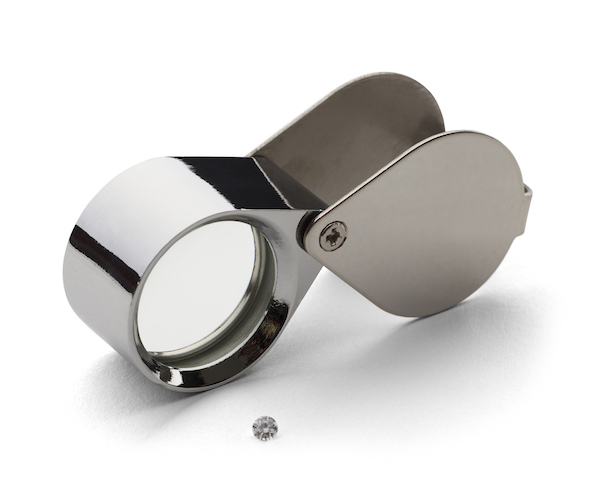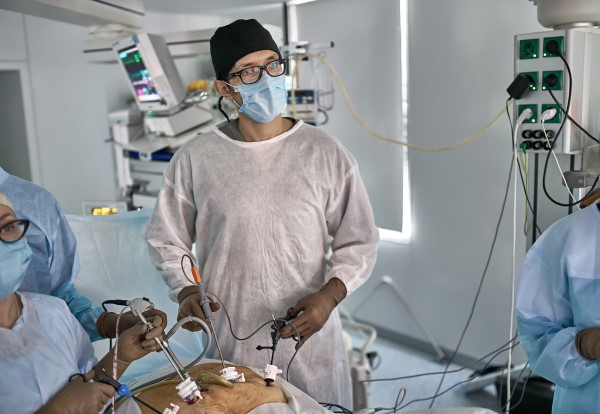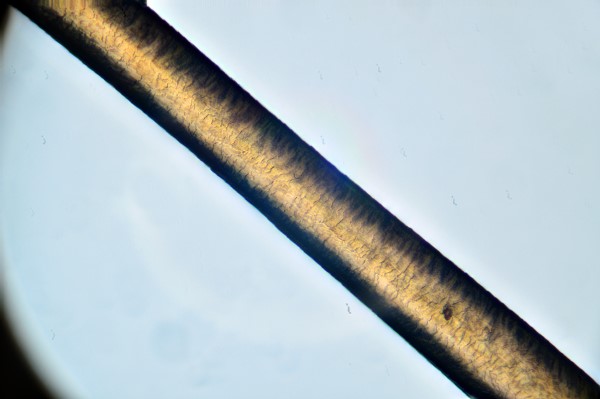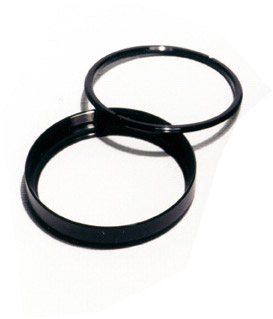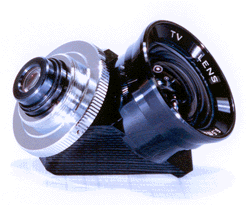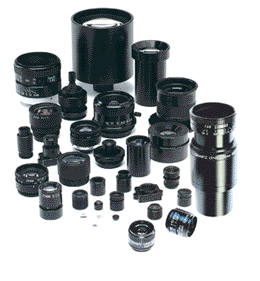Video Sewer Line Inspection
No industry is immune to technological advances in the 21st century. Every day, it seems that new and improved products are launched to reduce (or eliminate) the possibility of human errors and make the processes within the industry more efficient and reliable. The drain-cleaning industry is no stranger to this [...]
A Guide To Hand Lenses
Hand lenses are utilized in many industries including jewelry but they also serve the earth science fields as a great tool to view objects at a magnified scale, on site and without the bulkiness of other magnifying devices. A hand lens comprises of 2 parts, the first being the optics [...]
Interferometric Microscope
Scientists know that there are many ways to watch as individual neurons in a brain fire – sending electrical signals from one to the next, but they all share the same basic problem. No matter if it involves chemical agents, genetic modifications, or electrical probes, each method is in some [...]
Extraordinary Images Of The Lunar Eclipse
If you happened to look up into the sky on Sunday, January 20th, you probably spotted a ‘blood moon’, also known as a lunar eclipse. Millions of people around the world enjoyed the sight as the moon slowly turned dark, and then red over a period of several hours. However, [...]
Surgical Precision Lenses
With the advancements in surgical procedures, more operating rooms are performing ‘minimally invasive’ surgeries. What that means is, instead of operating on patients through large incisions, miniaturized surgical instruments are being used to fit through small, sometimes as small as quarter-inch, incisions. The surgical precision lenses in these instruments contain [...]
Optical Tweezers
Originally called ‘single-beam gradient force trap’, optical tweezers are scientific instruments that use a highly focused laser beam to provide an attractive, or repulsive force, depending on the refractive index mismatch to physically hold and move microscopic dielectric objects similar to tweezers. Optical tweezers have been particularly successful in studying [...]
Neuroimaging And Alzheimer’s
Currently, diagnosing Alzheimer’s relies largely on documentation of any mental decline. However, when diagnosing Alzheimer’s in this way, it has already caused severe brain damage in individuals. What if we could diagnose Alzheimer’s before symptoms started? It is increasingly clear that by the time a typical AD patient comes to [...]
Atomic Force Microscope
You may have seen it on CSI: The star examines hair from a crime scene and concludes its color or texture looks like the defendant’s hair, or maybe his dog’s. Case closed. But, looks can be deceiving, as well as vague and subjective. According to Frank DelRio, and engineer at [...]
Biophotonic Technology And HIV
Biophotonic technology plays a key role in providing the most effective, lowest-cost approaches for diagnosing, treating, and preventing disease and maintaining a healthy U.S. citizenry. […]
Understanding What Your Microscope Can Do And Determining Objectives
The investment in a microscope for a business or research facility is more involved than one might think. Researchers, businesses and manufacturers need to understand the outcomes they are seeking when purchasing a microscope. At its core a microscope is an optical device that you can use to project [...]
Medical Lenses And Microscopy Illuminates Cancers
Discovering cancer cells and cancerous tissues as soon as medically possibly bodes best for the patient to receive a diagnosis and treatment that brings with it the best possible outcome. Using “ultrafast nonlinear microscopy” surgeons can identify and remove the tumor margins in real time, preventing the need for [...]
Optical Filters Detect Fluorescent Dyes
In the medical field, a fluorophore is a fluorescent dye that is utilized to highlight cells, proteins and tissues to enable the radiologist to be able to “read” the fluorescent label for examination by fluorescence microscopy. The dye absorbs the specific wavelength of the cell, protein or tissue, converts its [...]
Microscopes Enhance Micro-dissection
Micro-dissection is a medical procedure that was originally used to isolate, analyze and classify tumorous tissues in the molecular pathology field. As a first step, this was a necessary procedure to allow the pathologists to establish a clear diagnosis which would then be the basis for the patient’s prognosis and [...]
Lasers Pinpoint Cholesterol
Cholesterol hides in cells and can lead to various health issues including obesity, diabetes and even lead to heart conditions. A new high speed spectroscopy technique has been developed that can pinpoint those cells that store cholesterol. A hyperspectral-stimulated Raman-scattering microscopy device, developed by Purdue University researchers, maps the [...]
Mitochondria Insights Enabled Through Optical Microscopy
A new optical microscopy technique that is able to unravel – in real time – the role of “oxidative stress” in injured and healthy nervous systems has been developed by scientists at the University of Munich and Ludwig-Maximilians University, both in German. In the human body, reactive oxygen species [...]
Smartphones Get Better Lenses
Smart phones continue to get even smarter with the new technology developed by the Garvan Institute of Medical Research and the Australian National University. By adding a small, lentil-sized lens, a smart phone can be transformed into a microscope. Not only can this lens transform the phone, but it [...]
Lasers Treat Glaucoma Patients
A company in California has earned FDA clearance to use its Cyclo G6 laser. This laser is designed to treat glaucoma patients and help relieve the symptoms of the eye disease. The laser features the company’s proprietary MicroPulse tissue-sparing technology which utilizes a family of single-use probes. According to [...]
Microscope Objective and Eyepieces
Microscope eyepieces or ocular lenses are the lenses that are closest to the eye; learn more at universeoptics.com
Various Digital Microscopes Lenses
Microscope and microscope lenses have been moving into the digital age similar to other technologies in the medical and research fields; learn more at universeoptics.com
Microscope Mounting Mechanisms
Universe is a lens designer and manufacturer of optical lenses for industrial, medical, high tech and electronic applications; learn more at universeoptics.com
Microscope Technique Offers Cell Nucleus Views
Universe Optics is a manufacturer of standard and custom designed microscope objectives and eyepieces for microscopy; learn more at universeoptics.com

